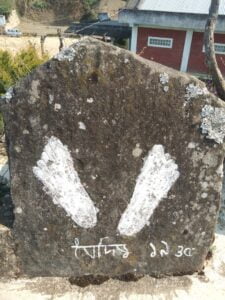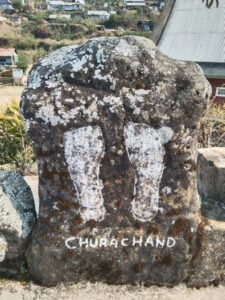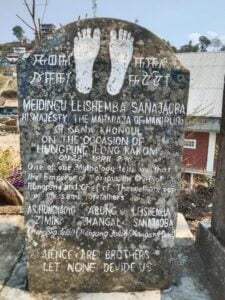Until recently, the Hungpung King’s family or clan was just known as Ahungshi — King’s clan. So, a search was made for tracing the ancient roots of their ancestors, and it was found that Mangang Ningthouja was the proper Salai name of the three brothers. MANGANG was translated into Tangkhul dialect as Hungshi.
TFM Ukhrul Correspondent
There are seven Salais and a Salai can be solely colors, not any objects. According to the research committee of Hungpung Hungshi Shangva, the Hungpung King’s family or clan was just known as Ahungshi- King’s Clan. So a research was conducted for almost 18 years so as to trace the ancient roots of their ancestors. It was found that Mangang Ningthouja was the proper SALAI name of the three brothers, the eldest is known as Riso (Khongreihung), the second is known as Hiipam (Hungpunghung) and the third son was named Mahzā (Meiteihung). Mangang was translated into Tangkhul dialect as Hungshi.
The Committee in a press conference stated that according to legends, in the very beginning, the Immortal Being (Pakhangba) created seven maidens. The first one was Leikak Leiyarem. Pakhangba’s spirit came upon Leikak Leiyarem and overshadowed her as a “sun” and she conceived and gave birth to a son. Thus, it is written, “Numnina gollaka Mangang Ningthouja pogkee”. Some wanted to take the “sun” name, but the sun was Pakhangba’s spirit, the son’s name is Mangang Ningthouja. There are seven Salais and a Salai can be solely colors, not any objects.

There has never been any King’s family or clan’s name as SUN or ZIMIK in Hungpung history as well as in Meitei Puya. If there should have been anything like that, a name or title, as per historical fact, such will be found in Vashimhung clan of Hungpung.

Brief history of the relationship of Khongrei King, Hungpung King amd Meitei King and the Mangang -Hungshi bloodline, as tabled by the Commitee stated that “after generations of migration from Central Asia, the ancestors of these three (Khongrei Hungpung and Meitei) kings came to Makhel from Thibungmei (Kohima). In Makhel, a baby boy was born to the daughter of the king. The eldest son was named Riso (Khongreihung}, the second son was named Hiipam (Hunypunghung) and the third son was wanted Mahza (Meiteihung). After some years, the brothers along with their clan members moved to Kojiifu village. After a brief stay there, they decided to look for a better fertile land. The dowager — the mother queen gave them a precious stone with blessing and telling them to settle where the stone will drop by itself. After searching and locking at various places the precious stone which the eldest carried on the back fell by itself at Khongrei (Khongdei), so they settled there. It is still there.

But as their number grew, the second and the third brothers wanted to settle in their own land of their choice; so they, the three went a little away from the village and raised up three big boulders (Hearth) for cooking their parting meal. The stones are still there in Khongrei (Khongdei).
The eldest stayed back but the younger two left Khongrei/Khongdei and after long years of winding search they finally came to Hamleikhang, Hungpung Village. Subsequently, the third brother too decided to settle in the valley of Yaingangpokpi/Oknao Pokpi, Imphal as Meitei.
Proximity allowed the youngest one to visit the second elder brother at Hungpoung from time to time. In Vashimtang, Hungpung there is a spring-well, called Meitei Rakhong meaning Meitei spring-well. Just South-East of the well is the Mafarung (A place for keeping Meitei Maharaja’s elephant).
Much later when the seat of administration was passed on to his younger brother from Vashimhung (elder brother -King), the Meitei kings came there and left footprints on the stone slaps. These can be seen in the courtyard of Hungpung King.
Until recently, the Hungpung King’s family or clan was just known as Ahungshi — King’s clan. So, a search was made for tracing the ancient root of their ancestors, and it was found that Mangang Ningthouja was the proper Salai name of the three brothers. MANGANG was translated into Tangkhul dialect as Hungshi.
